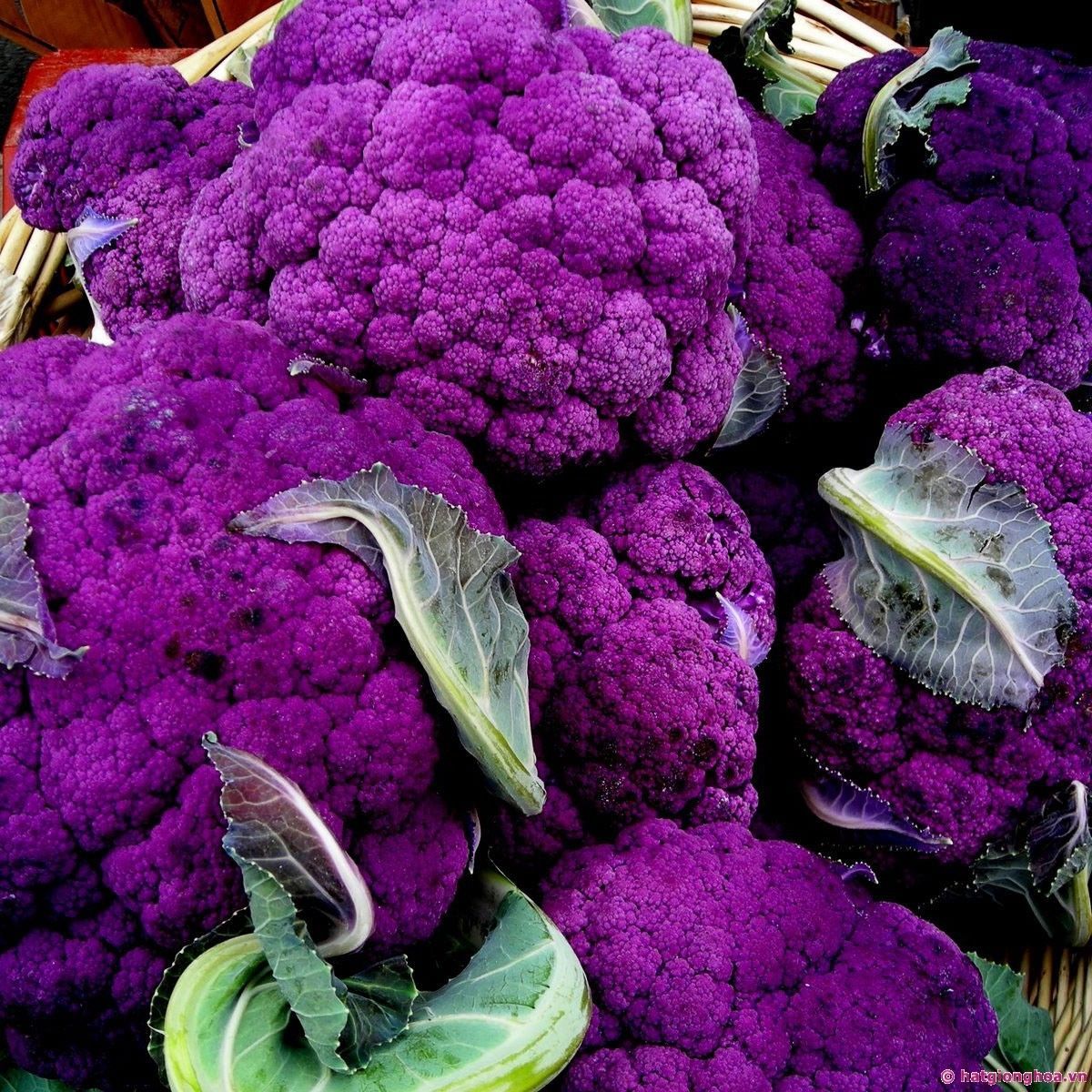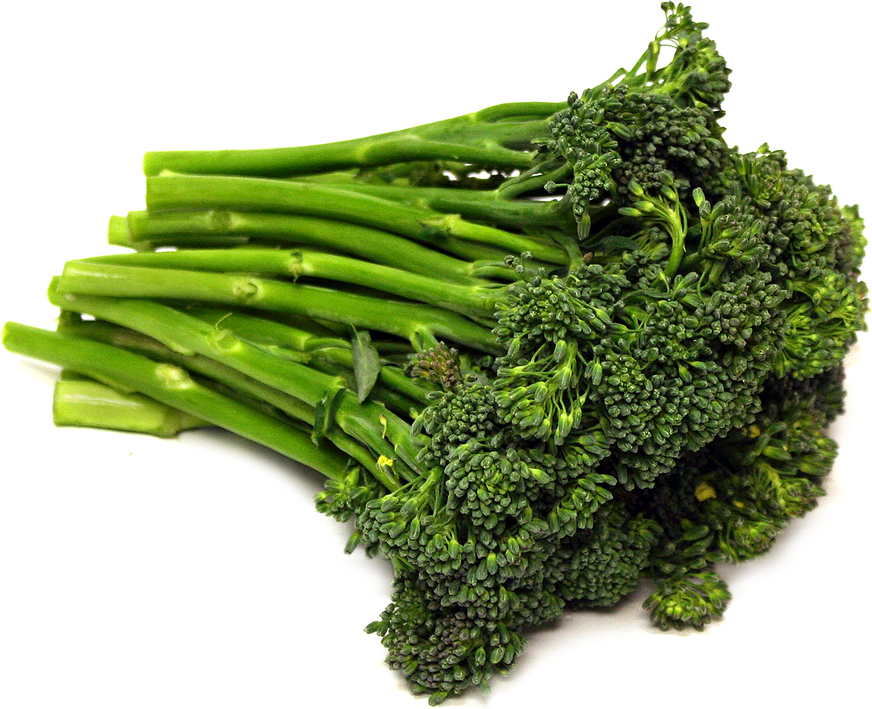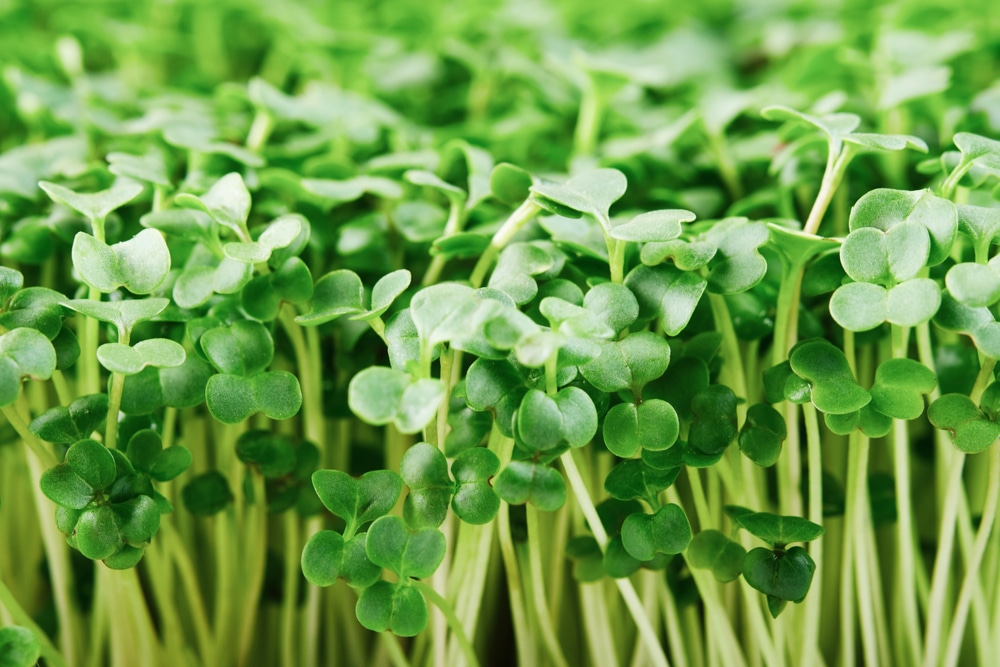
It is late summer, early autumn and it is the season for the growing of the genus brassicas, and by far the most popular for home cultivation are the broccoli.
I have never been a great fan of broccoli. Whist I grew up it was long boiled to near death and served with the taste and texture of soggy cardboard. It was one of those greens which sat way on the edge of the plate as a third fiddle to the main meat dish. In more modern times it was then presented so raw and tough it could chip off a tooth or crack a molar.
However, my real appreciation and love affair with broccoli began when I was living in Thailand for many years. Thai cuisine is deeply infused with Chinese influences, where Chinese Broccoli is eaten in many different meals, from soups to noodles and stir fries.
Nutrition
Today broccoli is promoted as a Super food, being rich in minerals, vitamins and antioxidants whilst low in carbohydrates. They are high in beta carotene, selenium, vitamin A, C and K, folic acid and iron with moderate levels of calcium. The combination of beta carotene and vitamin K help to keep vitamin D in balance in the body. It is thought to lower cholesterol when lightly steamed, but very strangely not when raw.
Grown for edible immature flower heads.
History
It is supposed broccoli originated from a wild cabbage plant in the eastern Mediterranean and was widely eaten at the time of the Romans and then over the time, its widespread distribution through Europe and the world. Broccoli is derived from the Latin ‘brachium’ meaning arm or branch, and from the Italian language for the flowering top of a cabbage
Varieties
Readily available in nurseries are the large headed Green Dragon and Magic King. In recent years their popularity has somewhat been supplanted by the smaller headed varieties such a Broccolini, Broccoleti, Bambino and Baby Bunching, all promising smaller florets and greater repeat cropping.
Heirloom varieties available are green headed Waltham and Purple Sprouting.
Chinese broccoli or Kai Laan is different in its growth habits for they do not form a large single head. It has small blue green leaves and small florets on single individual thin stems, thus you can eat the leaves, stems and unopened flower heads in stir fries, noodles and soups. Although a cool season crop it is more heat tolerant and thus can be sown in spring and summer.

Soil preparation
Broccoli likes a soil pH of 6-7.5. It prefers a slightly alkaline soil, so if your soil is little acidic add some lime to sweeten the soil.
Dress the soil with a good quality compost, Seamungus for great root growth and health of the plants, the fertilisers blood and bone and Rooster Booster and a generous layer of sugarcane, to conserve water retention and minimize weed growth.
Cultivation
Nine to twelve plants should be sufficient for the average sized family, with the option of successive plantings every 6 weeks.
Broccoli is generally a cold season vegetable They prefer full winter sun, cold nights and mild day temperatures to form their flowering heads. Although broccoli grows best in areas which have cool winters it is an adaptable plant and can be grown in most climate zones. If begun by seed, it can take three to six months before it is ready for harvest. So here I only provide information when planting seedlings.
The elder seasoned and experienced vegetable growers who visit the nursery maintain the ethos that broccoli should be first planted late summer to early autumn, maturing early enough to begin cropping before the onset of winter and then strong enough to crop through winter.
Broccoli can grow to a height of 1m and 0.5m in width. Thus, they take up a lot of room in the vegetable bed so a great idea is to underplant them with other cold season produce plants such as spinach, rocket and lettuce that do not compete too much for nutrients and appreciate a bit of shade and shelter.
All brassicas are heavy feeders, so regular applications of compost, tonics and manures are highly beneficial to better growth and thus the much-improved bounty of edible produce.
Harvesting
Depending on when planted and the seasons’ climatic conditions, the first harvest should begin in about ten weeks. Once you have harvested the main florets from the centre, the plant breaks out into a constant flow of miniature heads. Hotter and drier conditions cause heads to bolt into yellow flowers faster than you can blink.
Pests
The main enemy of broccoli is the dreaded white butterfly/ moth which can decimate a broccoli plant overnight. To find the best solutions in their eradication please visit my blog on the White butterfly
Companion planting
Plant with rosemary, thyme, sage, onions, garlic, beets and chards. Unsure exactly the reasons why, probably for root health and minimizing pest problems, but I thought I should pass on the available proffered information.

Cooking
To prepare, cut into florets leaving 2-3cm of stem and then cut a little cross in its base, this allows heat to penetrate the stem and to cook it at the same rate as the tops. The side of the stems can be peeled back to make them even more tender.
A great simple recipe is to make a winter pesto replacing basil with broccoli.
In a blender combine two cups of steamed broccoli with garlic, pine nuts, parmesan, salt and lemon juice. Drizzle with olive oil and pulse until smooth. Totally delicious and highly nutritious and simply fantastic with pasta or as a dip. Broccoli is also fantastic grown for micro greens.
Happy gardening and have fun,
Regards Ned McDowell